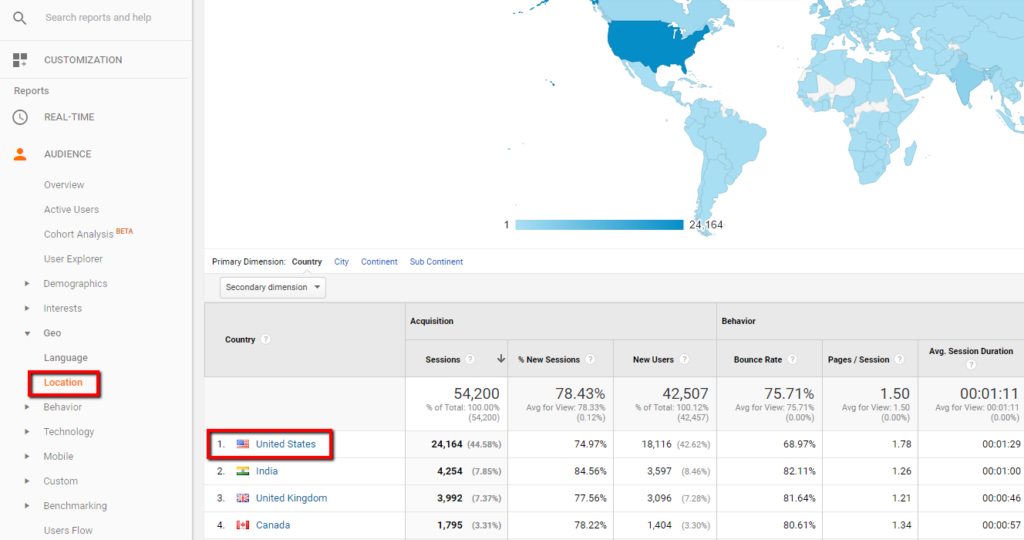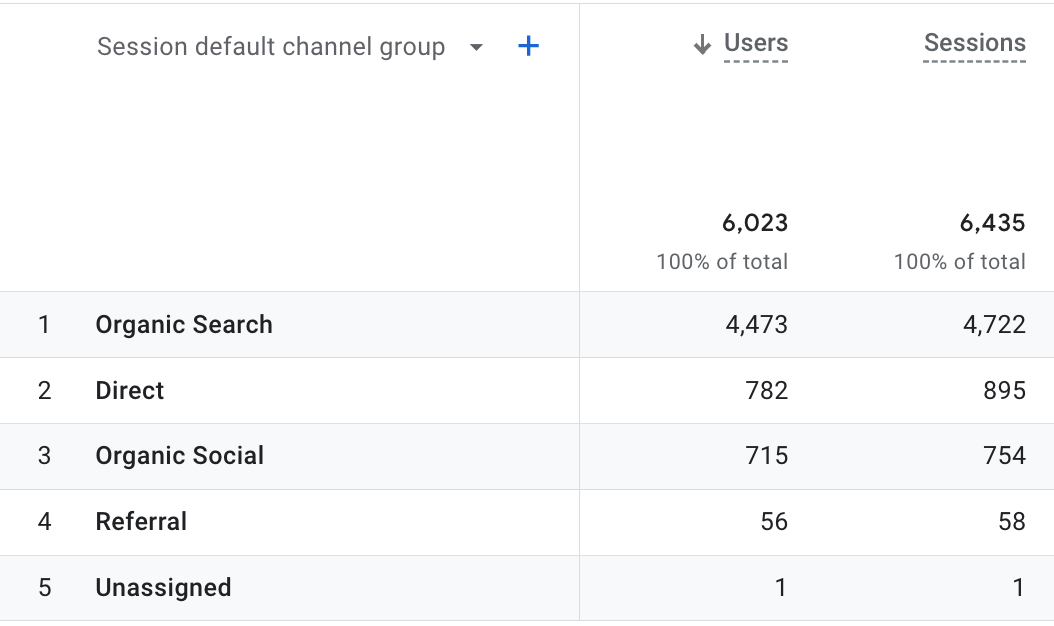Explained: The Duty and Meaning of a 'Secondary Dimension' in Google Analytics
Explained: The Duty and Meaning of a 'Secondary Dimension' in Google Analytics
Blog Article
Deciphering the Importance of Secondary Measurement in Google Analytics: Everything About Its Significance and Impact
In the realm of digital analytics, the utilization of second dimensions within Google Analytics functions as a crucial tool for critical much deeper layers of information understandings. The importance of secondary measurements exists in their capability to give a nuanced sight of customer habits and interaction with a web site or platform. By dissecting information beyond surface-level metrics, organizations can unlock a riches of details that improves and shapes tactical choices marketing initiatives. This exploration into the world of secondary measurements not just uses a thorough understanding of user interaction however additionally sheds light on the intricate dynamics that drive online performance.
Comprehending Second Dimensions in Google Analytics
The understanding of secondary measurements in Google Analytics is important for acquiring deeper understandings right into user behavior and website efficiency. While primary dimensions offer basic information points such as traffic sources and page views, secondary dimensions permit an extra nuanced evaluation by providing added context to these primary metrics. By including secondary dimensions, customers can segment and filter their information to uncover patterns and trends that might not be promptly obvious.

Introducing the Perks of Second Measurements
Building upon the fundamental understanding of additional measurements in Google Analytics, checking out the benefits they supply exposes very useful understandings for boosting information evaluation and decision-making. By incorporating additional measurements, users can dig deeper right into their information, gaining a more comprehensive sight of individual actions, material efficiency, and various other key metrics.
In addition, secondary measurements offer context to main information, using extra layers of details that can assist in recognizing customer communications and choices. This improved understanding can direct strategic decision-making, bring about even more targeted advertising campaigns, website optimizations, and general better efficiency. Fundamentally, second measurements offer as a powerful device for unlocking much deeper understandings and optimizing the energy of Google Analytics for services and web site owners.
Leveraging Secondary Measurements for Enhanced Insights
By using the power of additional measurements in Google Analytics, companies can uncover deeper insights that drive educated critical and decision-making optimization initiatives. Leveraging additional dimensions allows services to dig beyond surface-level information and acquire a more detailed understanding of user actions, target market demographics, website traffic resources, and website performance. For instance, by integrating primary measurements like website traffic sources with secondary measurements such as geographic location or device category, companies can determine which gadgets or areas are driving the most useful web traffic to their web site.
Additionally, second dimensions enable organizations to segment and evaluate information more successfully, helping them recognize fads, patterns, and possibilities that may have or else gone undetected. By using secondary dimensions, businesses can tailor their marketing methods, content, and customer experience to far better meet the requirements and preferences of their target audience. Essentially, leveraging second dimensions in Google Analytics encourages companies to make data-driven decisions that result in boosted efficiency, increased ROI, and lasting growth.

Influence of Second Measurements on Data Evaluation
Enhancing data analysis through the usage of additional dimensions in Google Analytics offers businesses with a deeper understanding of their on-line efficiency metrics. By incorporating second dimensions, such as time of day, geographic area, or gadget classification, businesses can uncover important understandings that may have been ignored with key dimensions alone. This enhanced degree of granularity enables more specific division why not find out more of information, enabling services to identify patterns, patterns, and relationships that can drive calculated decision-making.

Making The Most Of Possible: Additional Dimensions Approaches
The critical usage of secondary dimensions in Google Analytics extends beyond boosting information analysis; it includes crafting targeted methods to unlock the full capacity of important understandings for service development. By using additional dimensions efficiently, services can dive much deeper into their internet site traffic, customer actions, and advertising and marketing campaigns to draw out actionable insights. One crucial strategy is to incorporate secondary dimensions with key dimensions to obtain a comprehensive sight of individual interactions. As an example, pairing the main measurement of 'source/medium' with secondary measurements like 'landing web page' or 'tool classification' can disclose which channels are driving traffic to particular web pages or how user actions differs throughout gadgets.
Additionally, utilizing additional dimensions to sector data based on user demographics, actions, or modern technology can help companies tailor their advertising efforts to specific audience segments. This targeted approach can cause improved conversion prices, boosted individual experiences, and ultimately, increased ROI. By taking full advantage of the capacity of additional measurements in Google Analytics, companies can make educated choices, maximize their online presence, and drive lasting development.
Final Thought
In verdict, secondary measurements in Google Analytics play a crucial duty in giving deeper understandings and boosting information evaluation. Including second measurements right into data evaluation strategies can lead to even more informed decision-making and enhanced general efficiency.
While main measurements offer essential data points such as website traffic sources and page sights, additional dimensions allow for an extra nuanced evaluation by providing added context to these primary metrics. By combining main dimensions like website traffic resources with secondary measurements such as geographic place or gadget classification, organizations can recognize which areas or tools are driving the More Help most useful web traffic to their site.
By including additional dimensions, such as time of day, geographic location, or device group, organizations go to my site can discover useful insights that may have been ignored with primary dimensions alone. One crucial strategy is to combine additional measurements with primary dimensions to get a detailed view of customer communications. Combining the key dimension of 'source/medium' with secondary measurements like 'touchdown page' or 'device group' can expose which channels are driving web traffic to particular web pages or just how customer habits differs throughout gadgets.
Report this page